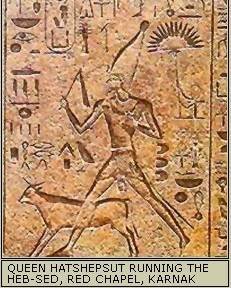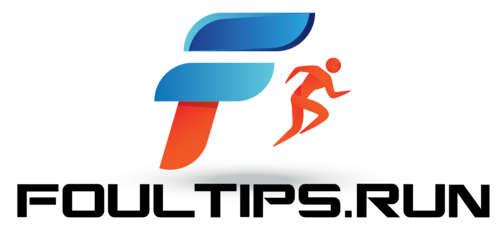By Edward S. Sears
Reviewed by Coach Adolfo Salgueiro
Running Through the Ages surprisingly delivers exactly on its title. It is a history of running since we became humans and had to, as the author states in the first four words of the text: “Eat or be eaten”.

Between the earliest versions of prehumans, between 7,000,000 and 50,000 BC, our tools of the trade were our legs. The author starts by explaining how, as humans, we are very slow runners and no match for most other species. Yet, we could hunt them and rely on them for subsistence because of our ability to run longer.
Our evolution has gifted us with a cooling system, which he describes as the best on the planet. It has also provided us with the Achilles tendon, which returns about 90% of the work put into stretching it, with the rest provided by the foot arch, another spring.
From there, he continues the journey through the ancient world: Egypt, Ur, the Old Testament, Greek mythology, the Olympic Games, and literature. It is fascinating to see how each culture used running to speed up their development and how running competitions became a staple of each culture.
From there, the journey takes us through the Middle Ages and up to the 19th Century when pedestrianism became the rage.
I enjoyed this part of the book because it was about the history and evolution of running as a sport, about winning races and setting records. At first, there were no time devices to allow records of who was the fastest at a certain distance or how much of it could be covered in a certain segment of time.
Once timing became readily available, all changed dramatically. Chronographs were able to split the second into fifths, which was good for certain distances but insufficient for shorter sprints. The evolution of timing, not just the watch technology but the mechanics of automatization, is fascinating.
As more newspapers started chronicling the sport, records became available and we start learning about the first stars. We see the first local sports heroes looking for greener pastures by running in other countries, taking the first steps into the globalization of the sport and the differentiation between professionals and amateurs.
As we enter the 20th Century, when reliable records and accurate times were kept and athletic achievements easily verified, the book becomes dense with names and figures. It goes into detail on each distance, both for men and women. Not that it is unimportant, but for readers who may be familiar with running in this period, it became too much while adding too little new information.

The book was initially published in 2001, with its 2nd edition published in 2015. The 2nd edition has a new chapter on the 21st Century, and it goes deep into doping and cheating, which is a new reality in the sport and worth reading.
The conclusion of the book is about the upcoming world of marathoning (this was written before Eliud Kipcohge’s sub-2 attempt and Kelvin Kiptum’s current world record).
“The men’s marathon record is approaching two hours. Will two hours turn out to be another “barrier” like the four-minute mile? A sub-two-hour marathon requires averaging 4 min 35 sec[onds] per mile, a much tougher challenge than the four-minute mile was in 1954 […] Road races are open to all and the ordinary runner can compete with themselves or against the best in the world. It is a democratic sport. It is also inexpensive compared to other sports. Most sports require specialized, expensive equipment and facilities. All a road runner needs are running shoes and an open road.”
If you want to learn about the evolution of running as we evolved as a species, this book is worth the time and the money. Sure, it gets dense at the end, but that doesn’t mean it is useless information. And you can always skip it if it is not relevant to you.
I welcome your comments about your thoughts on this book in the box below.


Interesting! I believe a sub two marathon will happen…
Excellent work